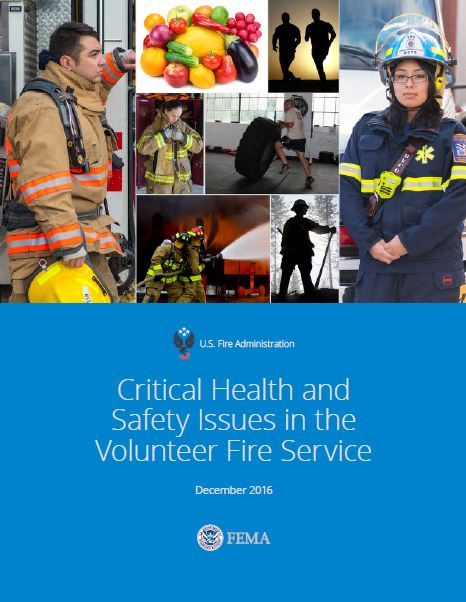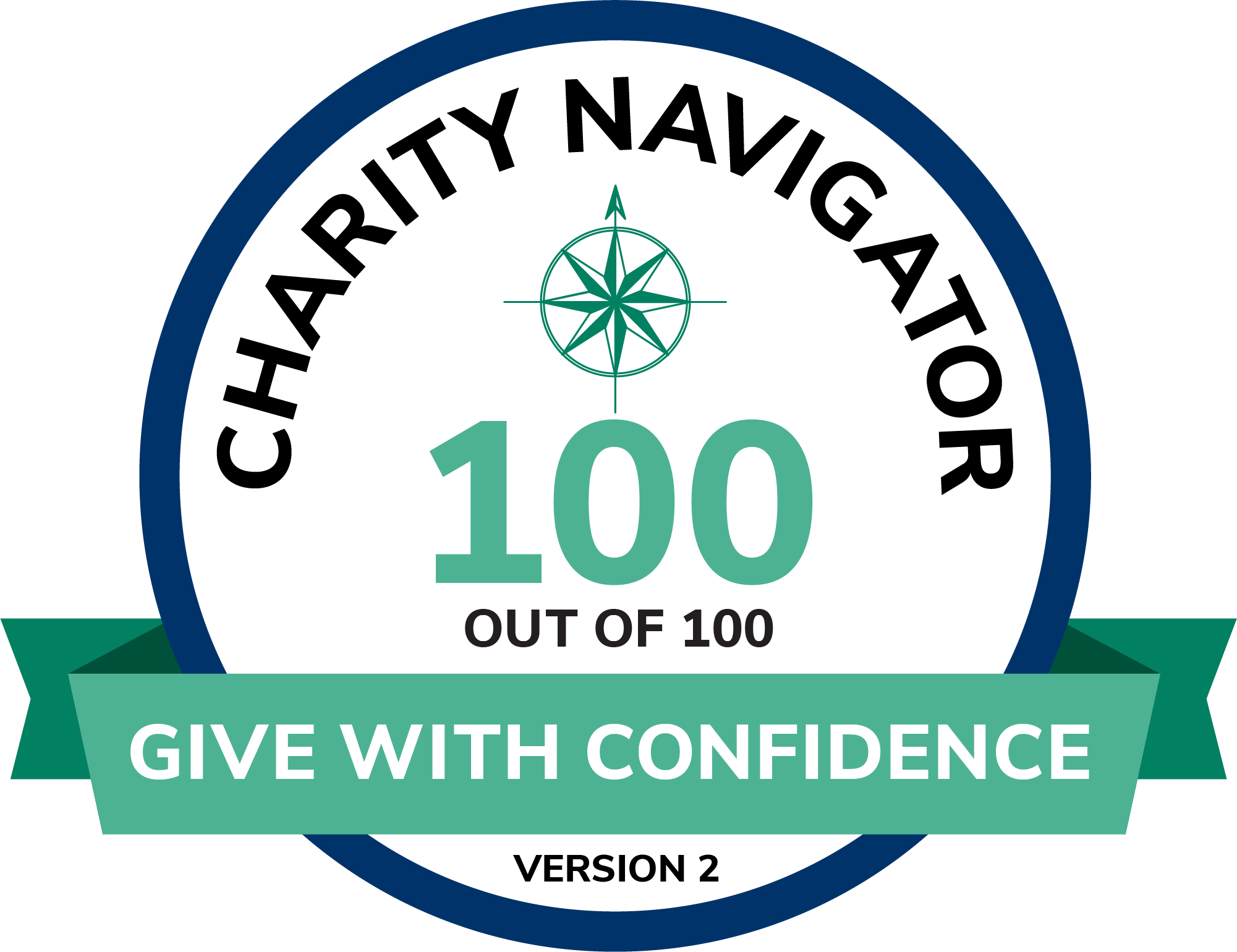Critical Issues
 Volunteer firefighters represent the majority of of the U.S. fire service. As a nation, we rely on them every day to save lives and protect property in times of danger and disaster. In order to do so, they must first be healthy, safe, and able to respond. Each year, firefighters are injured and/or die from a number of health and occupational safety issues, such as heart attack, cancer, and vehicle crashes. A fundamental change is needed to overturn these issues and revolutionize the volunteer fire and emergency services to create healthier and safer work environments for volunteer responders.
Volunteer firefighters represent the majority of of the U.S. fire service. As a nation, we rely on them every day to save lives and protect property in times of danger and disaster. In order to do so, they must first be healthy, safe, and able to respond. Each year, firefighters are injured and/or die from a number of health and occupational safety issues, such as heart attack, cancer, and vehicle crashes. A fundamental change is needed to overturn these issues and revolutionize the volunteer fire and emergency services to create healthier and safer work environments for volunteer responders.
The National Volunteer Fire Council (NVFC) and the U.S. Fire Administration (USFA) have partnered to release Critical Health & Safety Issues in the Volunteer Fire Service. This report evaluates known issues, discovers new or emerging concerns, and provides the tools and resources necessary to overcome health and safety challenges plaguing the volunteer fire service.
Access the full report from the USFA web site.
The report highlights many additional tools, resources, programs, and services available to help fire departments and firefighters initiate actions that reduce on-duty injuries and fatalities in the volunteer fire service. You can find these resources and many more through the following links.
Health and Wellness Resources
The NVFC provides numerous resources and programs covering a variety of health and wellness topics, including behavioral health, cancer, fitness and nutrition, and heart disease.
Safety and Equipment Resources
The NVFC provides safety and equipment tools covering topics such as vehicle safety (emergency and personally operated vehicles), personal protective equipment, and standard operating procedures. This includes NFPA standard implementation guides for volunteer and combination departments, along with best practices and sample documents.
USFA Fire Service Operational Safety Resources
The USFA sponsors research and provides resources on a variety of topics to create safer operational environments for firefighters. These include the following: voice radio communications, building construction during fires, emergency incident rehabilitation, firefighting techniques and tactics, risk management capabilities, and violence against first responders.
Recruitment and Retention Resources
The NVFC has created a multitude of resources to help volunteer departments successfully recruit and retain their members. These include the Make Me A Firefighter Campaign that puts research-based, ready-to-use tools and resources in the hands of local departments to make the process of recruiting new volunteers as easy as possible.
Funding Resources
The NVFC developed a compendium of funding resources that includes guides, trainings, cost savings calculators, grant opportunities, and more. These resources are designed to help fire/EMS departments create and sustain a financially sound department.
Wildland Fire Assessment Program (WFAP)
The NVFC, in partnership with the U.S. Forest Service, created the WFAP to train fire service volunteers on how to properly conduct safety assessments for homes in the wildland-urban interface to encourage communities to become more fire adapted. The WFAP prepares volunteers to identify steps homeowners can take to better protect their property from the next wildfire.
Firefighter Arson Prevention
The NVFC, with support from the USFA and the NVFC Foundation and guidance from a work group comprised of arson investigators and fire service professionals, developed tools and training to prevent future cases of firefighter arson and to help guide departments through mitigation in the event an incident does happen. These include the Report on the Firefighter Arson Problem, the Firefighter Arson Prevention and Recovery Toolkit, a video, and an awareness poster.
NVFC Virtual Classroom
This online learning center features free and low-cost courses designed and delivered by fire service members and industry professionals. The courses are on-demand and self-paced. They cover a variety of topics, such as leadership, retention and recruitment, safe vehicle operations, grant writing and funding, health and safety, and more.



